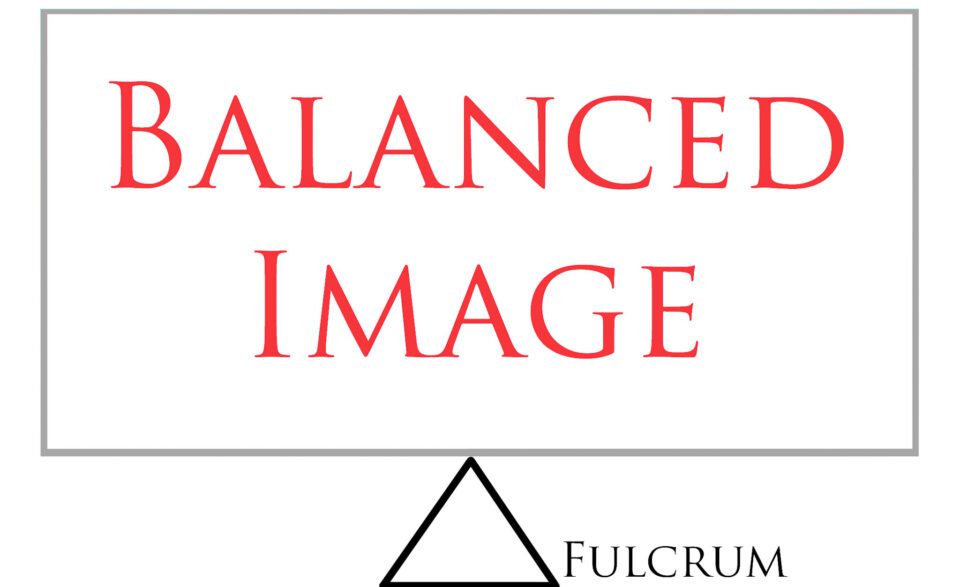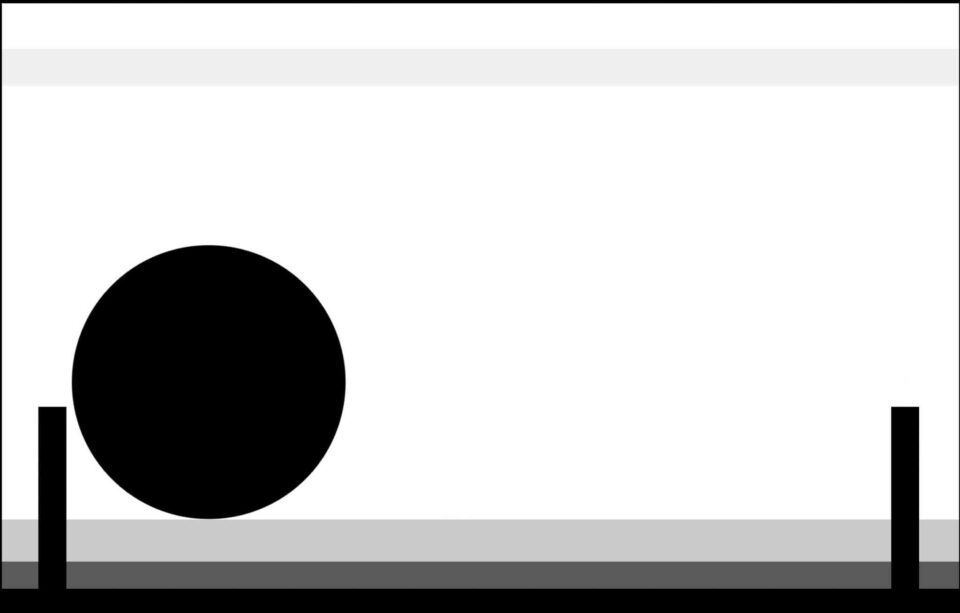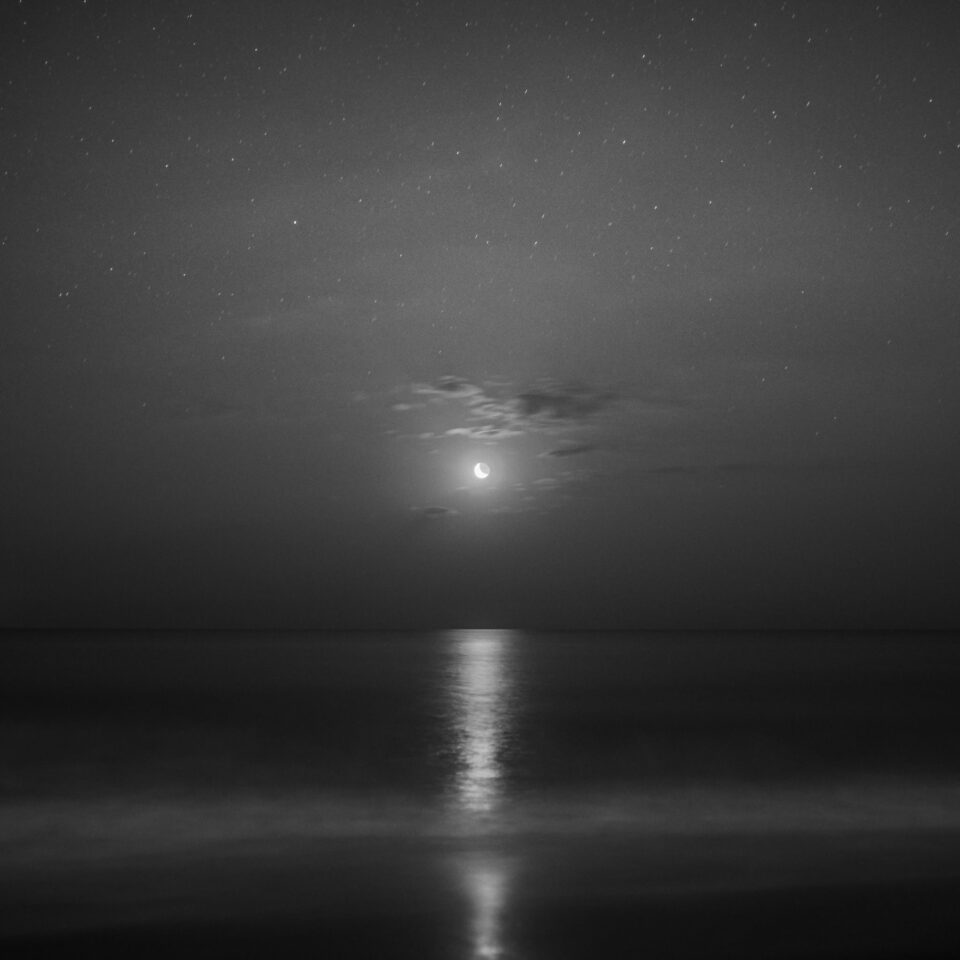Balance in Photography
Balance is one of the least-discussed principles of good composition, but it is perhaps the most important. Photographers, consciously or not, make an important decision for every image: should the composition be balanced or imbalanced? To some degree, every photograph in existence has elements of both balance and imbalance, which makes this topic crucial for photographers looking to improve the strength of their images at the most fundamental level.
Balance is one of the least-discussed principles of good composition, but it is perhaps the most important. Photographers, consciously or not, make an important decision for every image: should the composition be balanced or imbalanced? To some degree, every photograph in existence has elements of both balance and imbalance, which makes this topic crucial for photographers looking to improve the strength of their images at the most fundamental level.






تعليق